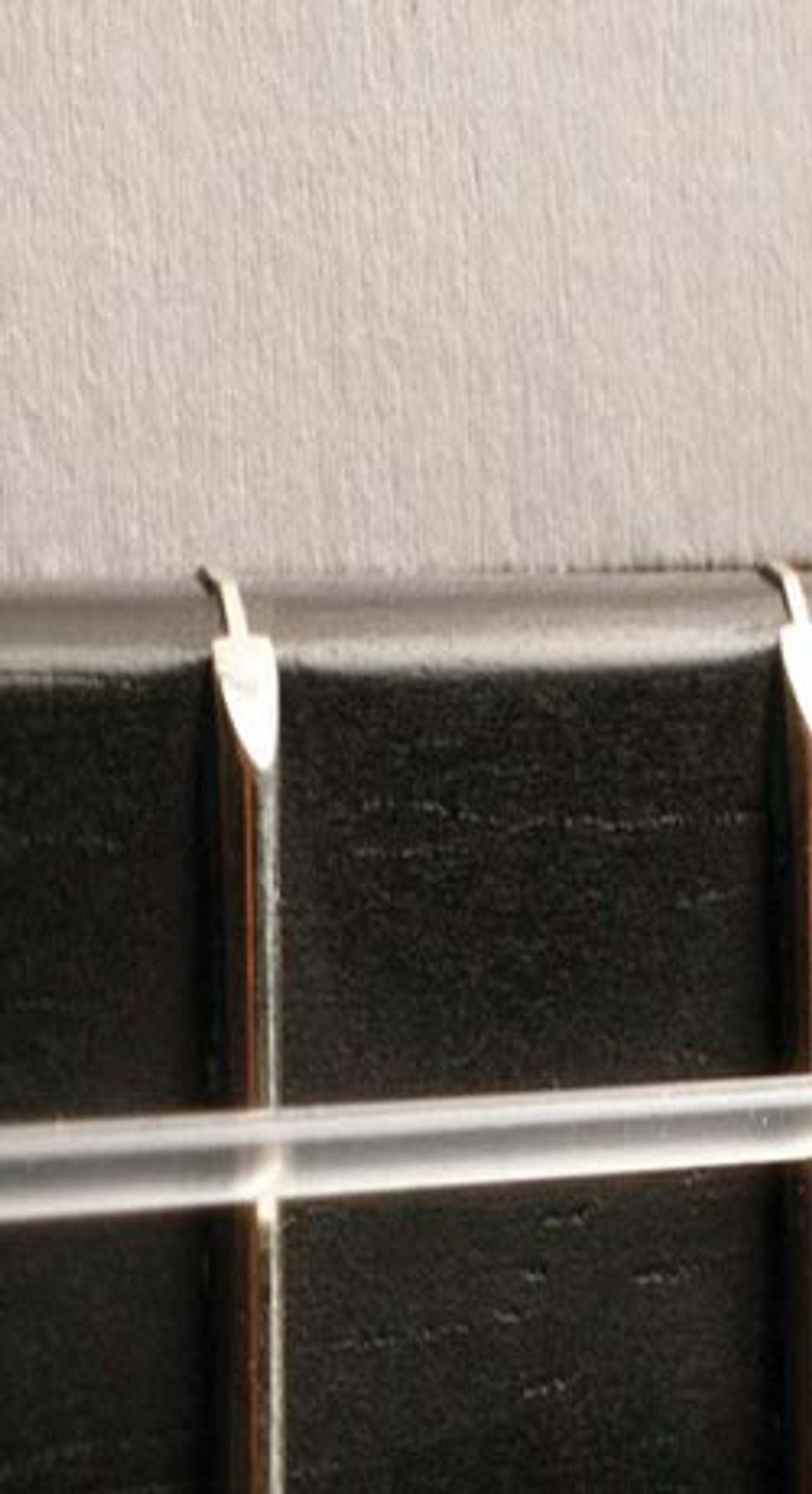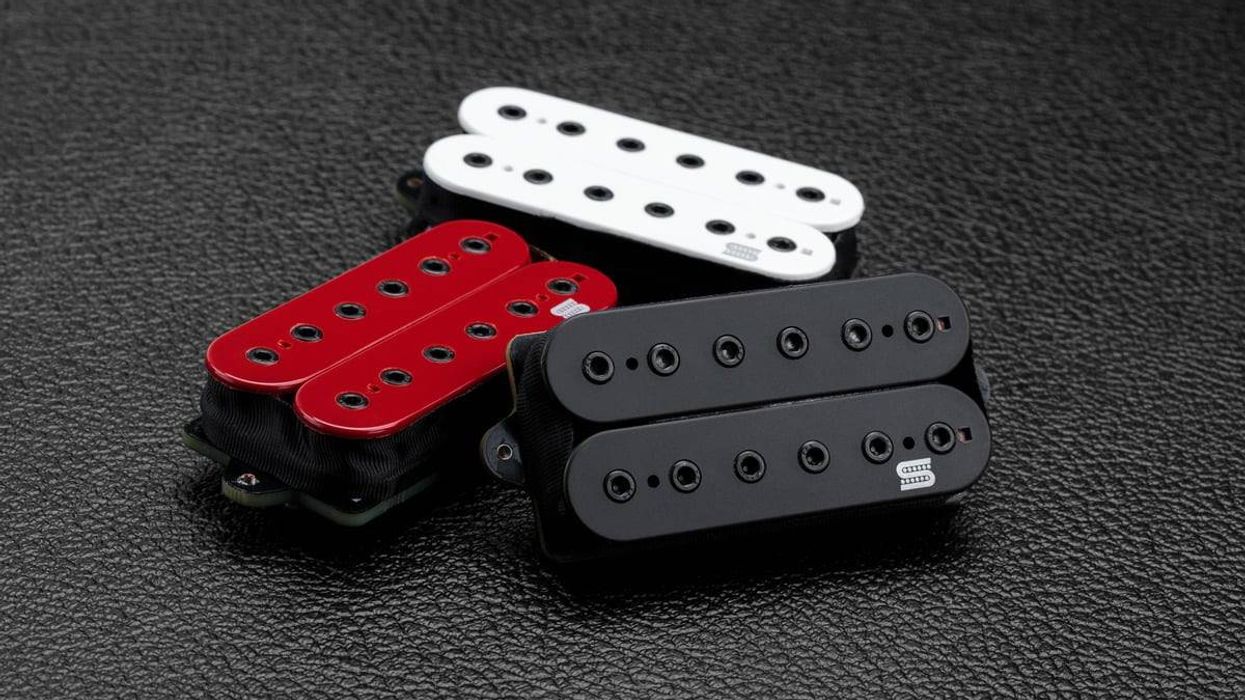How Humidity Affects Your Guitar Have you ever felt sharp fret ends or low, buzzing action on your acoustic guitar? If so, you are experiencing the effects of low humidity.
Over the past twenty years, educating guitar players about the pure physics of this has become a part-time vocation for me. In the course of making thousands upon thousands of guitars and then servicing some of them, it became apparent that many players don’t grasp how low or high humidity can damage their guitars. At one time, probably 70 percent of the repairs performed in our service center could have been avoided if the guitar had not been exposed to humidity extremes.
One factor to consider is that in a global guitar market, guitars have become world travelers. A guitar made in one location, such as our complex in El Cajon, California, might be shipped almost anywhere around the globe—potentially to a place with a dramatically different climate. By contrast, just fifty years ago, guitars stayed a lot closer to home. 
If you’re scientifically oriented, then this probably makes sense. If you’re not, just understand this: when you heat air, the humidity drops. And by drops, I mean it plummets. It’s easy to lower the RH in your house to 10% just by heating it.
There are places like desert climates or the Colorado Rockies that are dry all the time. By contrast, there are places like tropical islands or Seattle that are humid all the time. Because dryness tends to wreak more havoc on a guitar, I’ll concentrate on that.
When solid wood dries, it shrinks. A guitar top can shrink nearly an eighth of an inch! Imagine how much strain that can put on a top that is bound to the edges of a guitar. A fretboard will shrink less, maybe only a sixty-fourth of an inch, but as you can see in the photo, it’s enough to make the frets protrude an unhealthy amount.
To prevent this, let’s talk about some simple steps you can take to protect your guitar from the ravages of low humidity, and to keep your guitar in optimal condition for a lifetime of great playing.
1. Store your guitar in its case. We have studied this extensively and have found that the case will shelter your guitar through many extreme conditions. I realize that guitars are beautiful and that you want them readily at hand, but a stand or wall hanger is not the best place for them to live unless you are humidifying the whole house.
2. Use a simple humidifier in your guitar case during cold winter months or at all times if you live in a dry climate. You don’t have to overdo it. It is possible to cram too much water down the throat of your guitar, so easy does it. If your humidifier goes bone dry, give it a drink and put it back in. In the end, you might not need to re-wet it more than once or twice a month.
3. Keep a digital hygrometer enclosed in your case and look for 40–50% readings. You can find hygrometers at places like Radio Shack for $15. Only use digital; the analog ones that come with a barometer do not work.
4. Learn to “read” your guitar by noticing sharp frets on any guitar—electric or acoustic—and low action on your acoustic. These are signs of drying wood. When you see this, put the guitar in its case and give it a dose of humidity. The sharp frets will go away.
5. If you choose not to store your guitar in its case, at least put it there for one week a month with a humidifier. Think of it as a week at the spa. It will thank you.
I love wear and tear on guitars, believe me I do. My favorite thing to see is a guitar that’s been played to death—sporting holes, scratched-off finish and other evidence of miles and miles of good use. But the damage done by dryness breaks this luthier’s heart. So, know that with a little attention and a bit of care your guitar can serve you better and longer.
Bob Taylor
Bob Taylor is the co-founder and president of Taylor Guitars. He built his first guitar as a teenager and has since gone on to establish Taylor Guitars as one of the world’s premier acoustic, acoustic/electric and electric guitar manufacturers.















